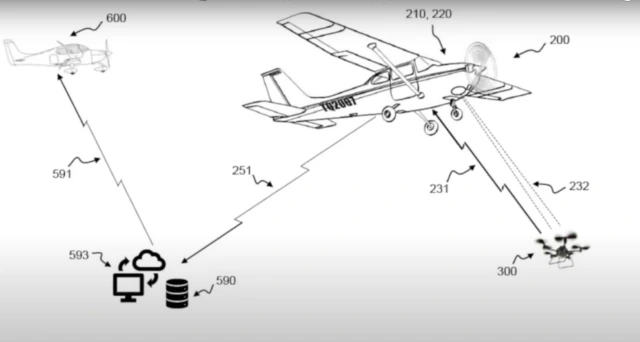
The impact of drones in the world of technology and consumer use is increasing, drone devices are more and more used for greater purposes than just entertainment. A few of the main applications for drones are:
- Military uses of drones:
Many drones are equipped with cameras suitable for purposes of bomb detection. Moreover, drones can also contribute to the defence by controlling and protecting hazardous areas. Lastly, drones can also fly around suspected areas to fulfil military operations that would normally endanger military safety.
- Non-military uses of drones:
Drones are also widely used in the filming and journalism industry, they can reach places where reporters and cameramen normally cannot reach. Drones can also be useful in shipping and delivering products faster than ever before. Another use-case of drones is disaster management, drones can accelerate rescue operations and healthcare.
Besides these examples, there are many more potential use-cases of drones. However, many opportunities are blocked by government regulations. In most countries, flying around cities, towns, airports and neighbourhoods is prohibited due to safety measures. As drones are getting bigger, the risk of a collision between a drone and another flying object is increasing. Therefore, flying drones in a restricted airspace could lead to severe consequences.
The main issue is that planes can detect most other flying objects, except drones. This problem can be solved by developing a system that enables planes to detect drones, which is exactly what a private pilot from Denver (United States) came up with. The pilot, Rick Zelenka, has spent a few years perfecting his drone radar system, and is testing the prototype this month (September, 2020). The system firstly identifies drones, next the information is shared on the ground, then it is shared with other pilots in the sky. In this way the system enables pilots to see the drones on their radar, avoiding a potential collision. The first test in the skies over Hudson was a success, but it may take a while before this radar system hits the market. Zelenka has won a NASA-funded contract to further develop the radar system, so more planes can be equipped with this radar in the near future.
This invention will have a massive influence on the future of drones, as this system prevents mid-air collisions which will reduce the government regulations. Due to the reduced regulations the capacities of drones can be optimal used in new use-cases.
resources:
